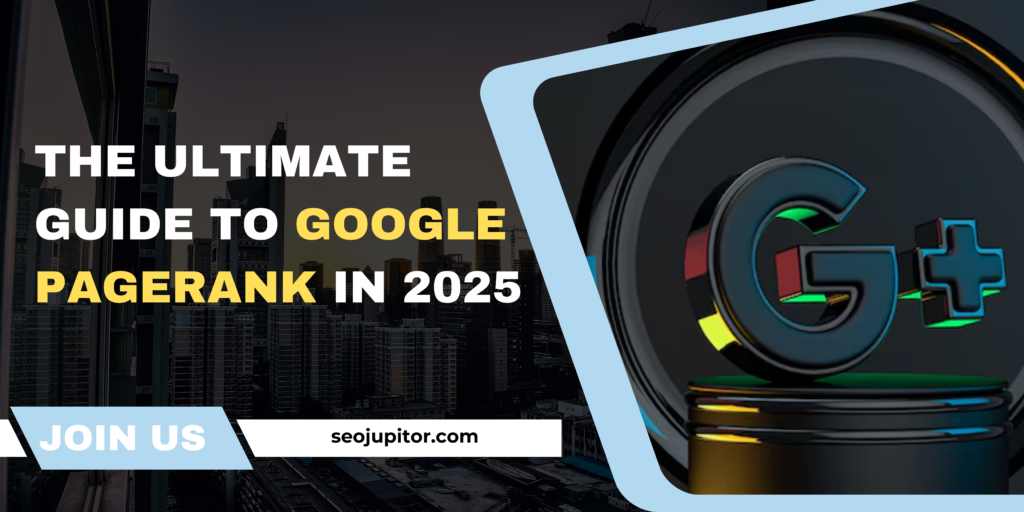In the fast-paced world of business, marketing has always been at the forefront of growth and innovation. From word-of-mouth promotions to the advent of printed flyers, radio ads, and TV commercials, traditional marketing methods have laid a strong foundation. However, as the digital age dawned, the landscape began to shift. Today, digital marketing has evolved far beyond traditional methods, offering unprecedented opportunities for businesses to connect with their audiences.
This blog explores the journey of marketing from its traditional roots to the cutting-edge digital strategies that dominate today’s market.
The Foundation: Traditional Marketing
Traditional marketing refers to the tried-and-true methods that businesses have used for decades to reach customers. These include:
- Print Media: Magazines, newspapers, and brochures have been staples of advertising campaigns for generations.
- Broadcast Media: Radio and TV commercials have long captivated audiences, using compelling storytelling and jingles to leave a lasting impression.
- Outdoor Advertising: Billboards and posters in high-traffic areas helped brands achieve visibility.
- Direct Mail: Flyers, postcards, and catalogues were popular for personalized outreach.
While effective, these methods came with limitations, including high costs, difficulty in tracking ROI, and challenges in targeting specific audiences.
The Shift to Digital: Why It Happened
The emergence of the internet revolutionized how people consume information, shop, and communicate. Businesses had to adapt to this change, giving rise to digital marketing. Key factors that fueled this shift include:
- Widespread Internet Access: The global population’s increasing reliance on the internet made it a lucrative platform for businesses.
- Data-Driven Strategies: Digital marketing offered real-time data and analytics, enabling businesses to track performance and optimize campaigns effectively.
- Affordability: Compared to traditional advertising, digital marketing was more cost-effective, leveling the playing field for smaller businesses.
- Personalization: Unlike traditional media, digital platforms allow marketers to create highly personalized experiences.
How Digital Marketing Surpasses Traditional Methods
Digital marketing isn’t just a supplement to traditional advertising—it has redefined the way businesses operate. Here’s how it excels:
1. Precision Targeting
Digital marketing leverages data to identify and target specific audiences. Tools like Google Ads, Facebook Ads, and email marketing platforms allow businesses to focus on niche demographics based on age, location, interests, and behavior.
2. Cost Efficiency
Platforms like social media and email marketing are often more affordable than TV or print campaigns. Small businesses, which may lack large marketing budgets, can compete effectively in digital spaces.
3. Real-Time Analytics
Digital campaigns provide instant feedback. Metrics such as click-through rates, conversions, and engagement allow marketers to adjust strategies on the go, ensuring higher ROI.
4. Interactive Engagement
Unlike traditional marketing, digital strategies encourage two-way communication. Social media platforms enable businesses to interact with their audience through comments, messages, and polls, building stronger relationships.
5. Scalability
From local businesses to global enterprises, digital marketing is scalable. A campaign targeting a neighborhood bakery can be expanded to serve an international audience with minimal adjustments.
The Core Pillars of Digital Marketing
Here are the primary components driving digital marketing’s success:
1. Search Engine Optimization (SEO)
SEO focuses on improving a website’s visibility on search engines like Google. High-quality content, targeted keywords, and strong backlinks ensure that businesses rank higher, driving organic traffic.
2. Content Marketing
Blog posts, videos, infographics, and podcasts serve as valuable content to attract and engage customers. Content marketing emphasizes educating the audience rather than directly selling to them.
3. Social Media Marketing
Platforms like Instagram, Facebook, LinkedIn, and TikTok have become indispensable tools for businesses to reach their audience, foster relationships, and promote their offerings.
4. Pay-Per-Click Advertising (PPC)
Paid ads on search engines and social media platforms ensure businesses reach their target audience quickly. This method is especially effective for short-term campaigns and promotions.
5. Email Marketing
Despite being one of the oldest digital marketing methods, email marketing remains highly effective. Personalized email campaigns foster trust and drive conversions.
6. Influencer Marketing
Collaborating with influencers allows businesses to tap into pre-established audiences, building credibility and increasing reach.
Case Studies: Digital Marketing in Action
1. Airbnb’s Social Media Success
Airbnb utilized user-generated content on Instagram, showcasing real customer experiences. This not only reduced marketing costs but also created authentic, engaging content that resonated with their audience.
2. Nike’s Digital Transformation
Nike’s shift to digital marketing included personalized email campaigns, compelling social media ads, and the integration of apps like Nike Training Club. These strategies helped them maintain their global dominance.
Balancing Digital and Traditional Strategies
While digital marketing has clear advantages, traditional methods still hold value in certain contexts. For example, TV ads can reach large audiences quickly, and print ads can leave a lasting impression in local markets. The best marketing strategies combine the strengths of both approaches, creating a holistic campaign.
Integrated Marketing Example
A local event might use billboards to build awareness while running digital ads to target specific demographics. Email marketing can follow up with attendees, keeping them engaged long after the event ends.
The Future of Digital Marketing
As technology advances, digital marketing will continue to evolve. Emerging trends include:
- Artificial Intelligence (AI): AI tools can analyze vast amounts of data to create hyper-personalized campaigns.
- Voice Search Optimization: With smart speakers becoming commonplace, businesses are optimizing content for voice queries.
- Augmented Reality (AR): AR-powered marketing offers immersive experiences, allowing customers to visualize products before purchase.
Conclusion
The evolution of digital marketing represents a paradigm shift in how businesses connect with their audience. While traditional methods laid the groundwork, digital strategies offer greater precision, interactivity, and scalability. By embracing the best of both worlds, businesses can create impactful campaigns that resonate in today’s ever-changing market.
As we move further into the digital age, staying adaptable and innovative will be the key to sustained success in marketing.




